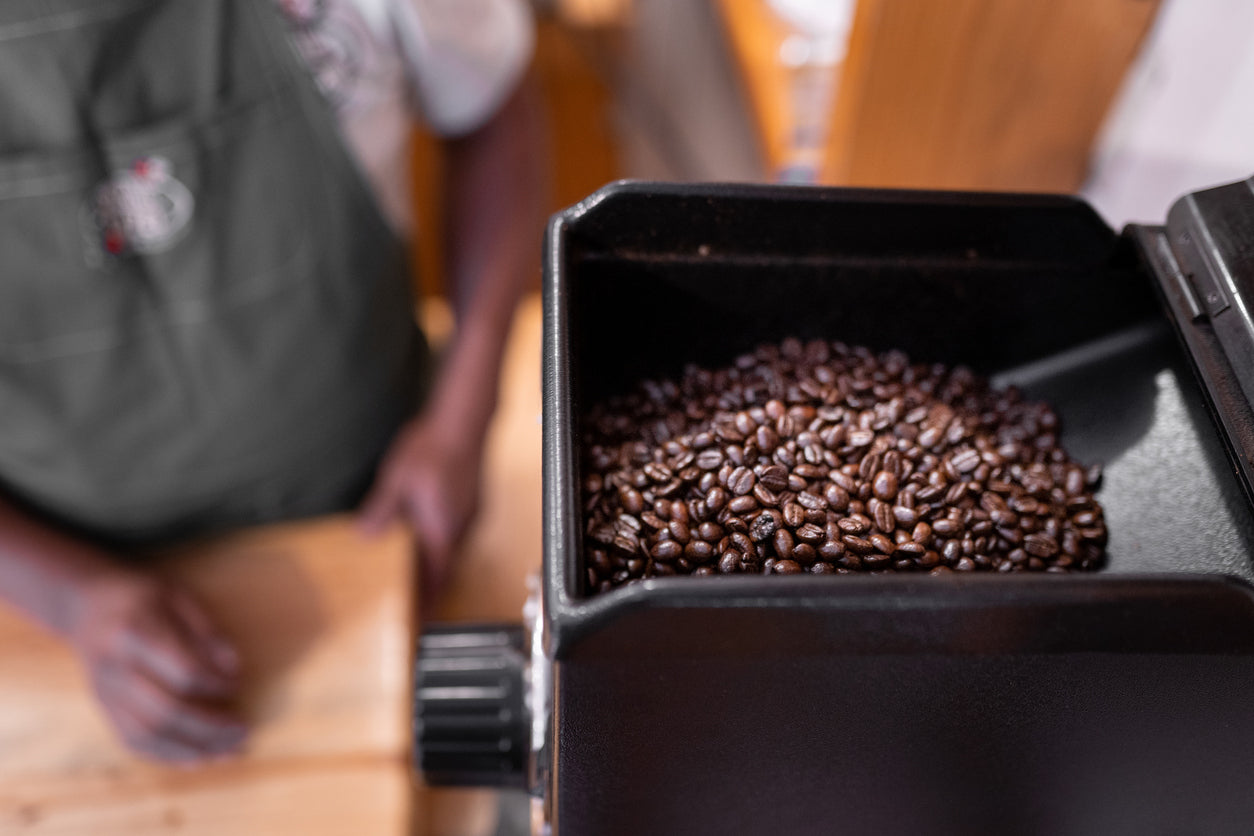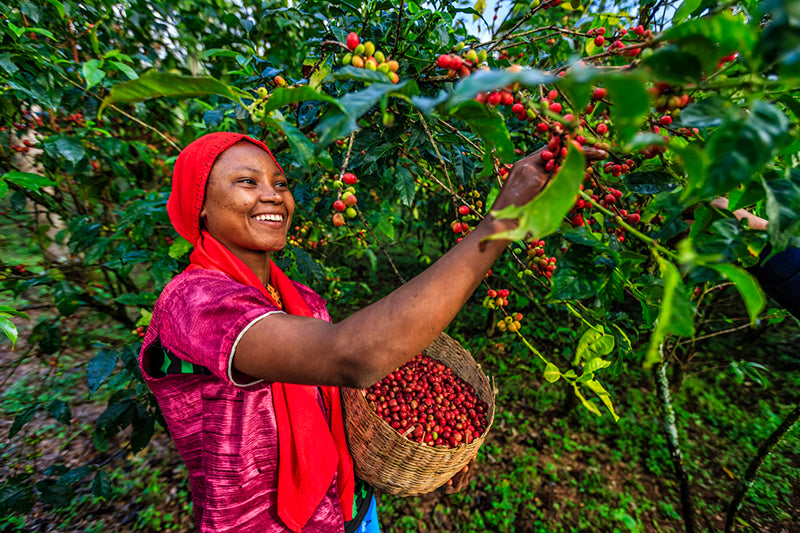
RichlandHub is a company with a big heart, created with the intention to do good and help communities by keeping social responsibility at the heart of what we do. RichlandHub connects our customers with amazing coffee, cashews, tea, and cocoa from Africa.
Grounded in ethical procurement practices and a steadfast dedication to accountability, we bridge the gap between our discerning customers and the rich agricultural tapestry of East Africa. Through our meticulously curated premium products, we invite customers to join us on a journey of cultural heritage, steeped in tradition.
At our core is the inspiring story of our founder, James B Mbuya, whose life has taken him from the vibrant landscapes of his native land to the shores of his homeland here in the United States. Ignited by a profound calling to empower and uplift, he’s worked tirelessly to nurture this uniqueness, catalyzing positive change in the lives of local farmers and their families.
Karibu-Asante to RichlandHub
The Swahili word “Karibu,” meaning Welcome, perfectly captures the welcoming spirit that RichlandHub strives to create. Through our business practices, we warmly invite customers and partners to be a part of a community built on shared values and mutual support. RichlandHub’s various initiatives demonstrate our strong dedication to giving back, especially empowering local communities across Africa.
When customers choose RichlandHub, they’re embarking on a journey of discovery while also contributing to positive change and development in these communities. By partnering with us, customers become part of an uplifting cycle that improves lives.
At the heart of RichlandHub lies a foundation built on four critical pillars: community, tradition, sustainability, and innovation. These aren’t just the backbone of our business but the guiding stars that illuminate our journey from Africa’s rich soils to your doorstep. From the inspiring personal journey of our founder, James, to our commitment to ethical sourcing and the empowerment of local communities, it’s through these core values that RichlandHub seeks to create not just a business, but a global family united in making a positive impact.
Journey and Passion
Our origins at RichlandHub are deeply rooted in the personal journey of our founder whose experiences as a veteran and immigrant ignited a profound drive to create meaningful change.
Guided by a philosophy of “Sharity” — shared destinies — we established RichlandHub as a bridge connecting Africa’s rich farming heritage with global markets. At the core of our vision lies an unwavering commitment to empowering women and elevating the livelihoods of local communities through sustainable, responsible business practices. This entrepreneurial path reflects our deep-seated passion for generating opportunities and fueling economic and social progress.
The Coffee Traditions and Farming Practices of Africa
In many African communities, coffee cultivation transcends mere agriculture; it’s woven into the vibrant, rich tapestry of the nation’s cultural heritage. At RichlandHub, we place profound emphasis on time-honored farming traditions, spotlighting the pivotal contributions of women and the sustainable practices like those upheld by the Chagga tribe.
These age-old methods not only provide environmental stewardship but also produce coffee of unparalleled quality. Yet, many smallholder growers often have to confront many obstacles, including limited market access and inequitable pricing which is why we’ve so steadfastly remained dedicated to tackling these challenges head-on through principled business practices.
The History and Growth of Coffee in Africa
When first introduced to Africa, many resisted growing it, but over time, coffee farming grew to become a large part of the continent’s rich agriculture. Playing a pivotal role, the British helped to make coffee an important crop that many farmers could cultivate and export globally.
Today, we depend on the hard work of small family farmers to keep the coffee industry strong and, at RichlandHub, we’re proud to support these small farmers. They play a vital role in African coffee’s continuing growth and popularity around the world.
RichlandHub’s Ethical Sourcing and Impact
We at RichlandHub believe in getting our coffee, cashews, tea, and cocoa straight from the farmers who produce them. Our way of sourcing follows fair trade rules and makes sure that farmers earn a stable income that they and their families can rely on. This approach creates a large positive impact within local communities by providing economic security, better education opportunities, and improved access to healthcare.
We’re especially focused on empowering women working in our supply chain as we consider equitable and ethical sourcing to be a benefit to the whole community.
At RichlandHub, our mission blends top-tier products with initiatives aimed at making a real difference in the lives of our partners and their communities. We strive to set an example for businesses doing the right thing — being ethical and sustainable.
When you buy from us, you’re helping to create positive change. Your purchasing choices have power, and as we think about how our decisions impact the world, we like to remember that supporting the right people, communities, and causes can lead to more fairness and prosperity for everyone.
Join the RichlandHub family today and experience the unmatched taste and heartwarming stories behind every cup. Click here to order your next bag of coffee, and together, let’s brew a better tomorrow!





